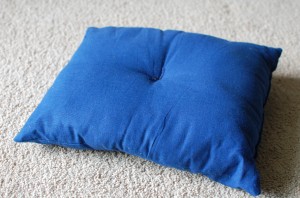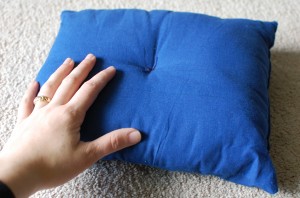I’ve mentioned before that during grad school, I took an Early Childhood Music course. One of the things we discussed was using the “sound before sight” philosophy – where the student is exposed to and experiences the concepts before being taught the name or the written notation. I’ve been doing my best to use this philosophy of teaching music with my Piano Readiness students.
I was reminded of a raindrops & rainbows rhythm game one of my classmates created for an assignment during that course when I saw Anne Crosby’s recent post, which mentioned an activity involving finger-painting raindrops/rainbows. It immediately occurred to me that the girls in my Piano Readiness Class would LOVE a game involving rainbows, so I put together this printable. It’s nothing groundbreaking; I’m sure teachers before me have done similar things. But hopefully this printable might be as useful and convenient for some of you as it was for me!
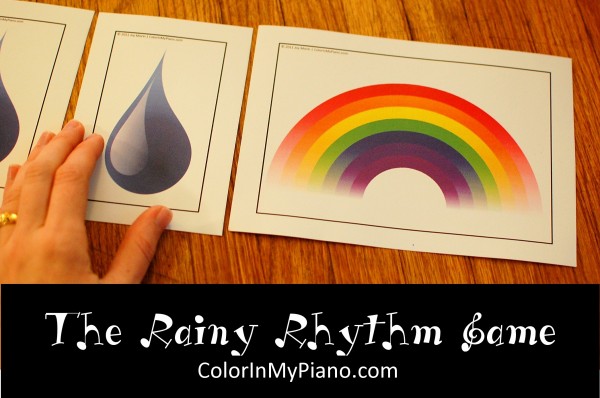


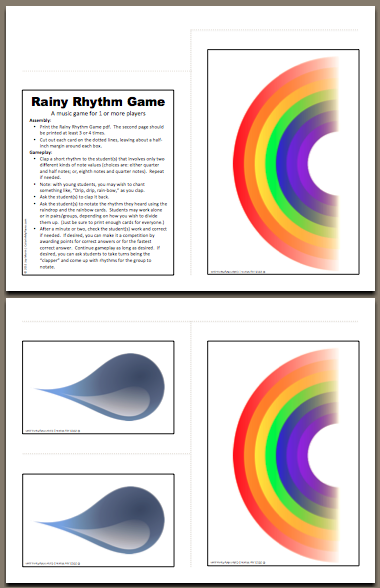


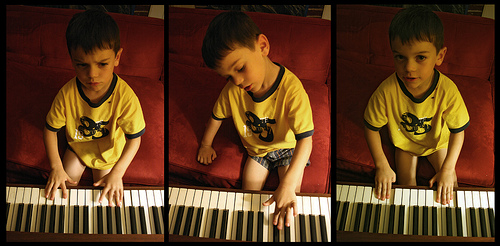

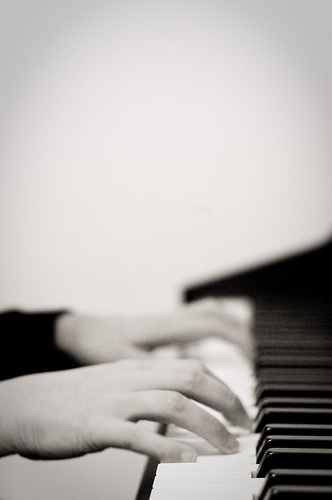
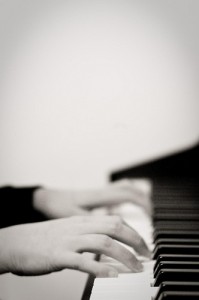 This month’s discussion topic:
This month’s discussion topic:
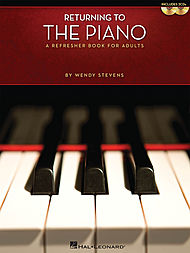
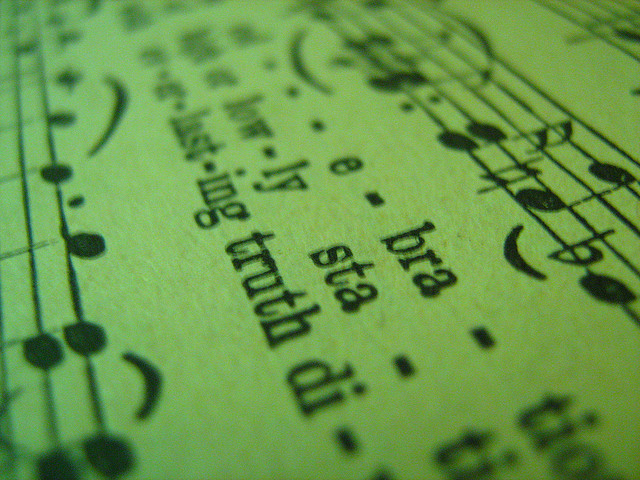
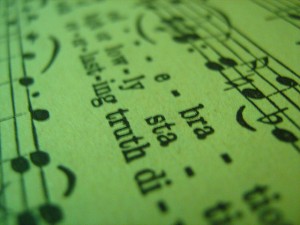 Here is the summary post for the
Here is the summary post for the 

